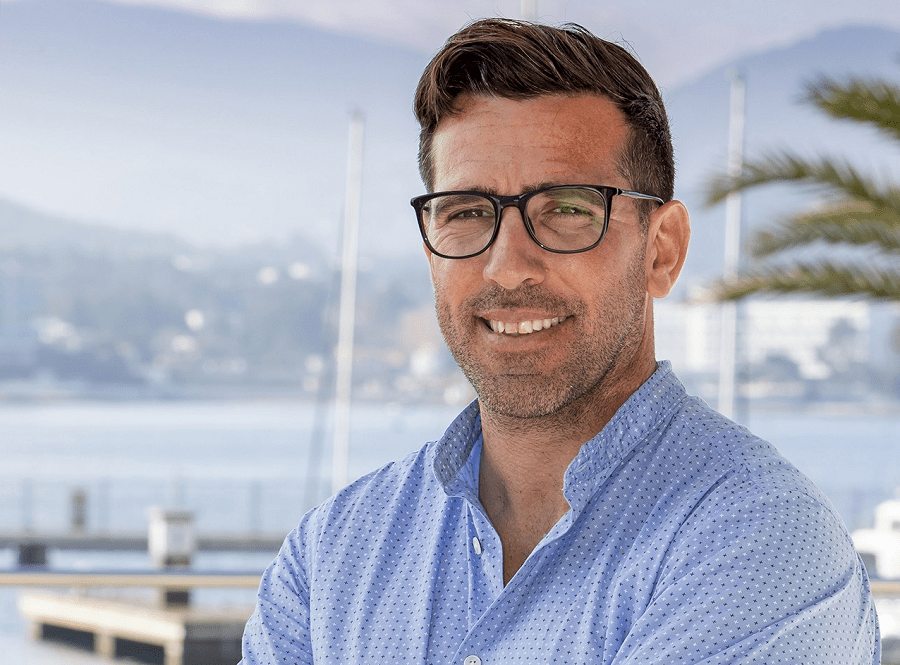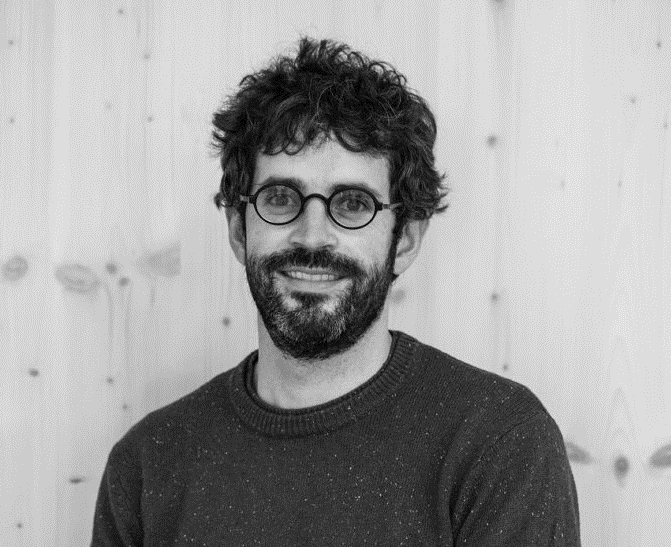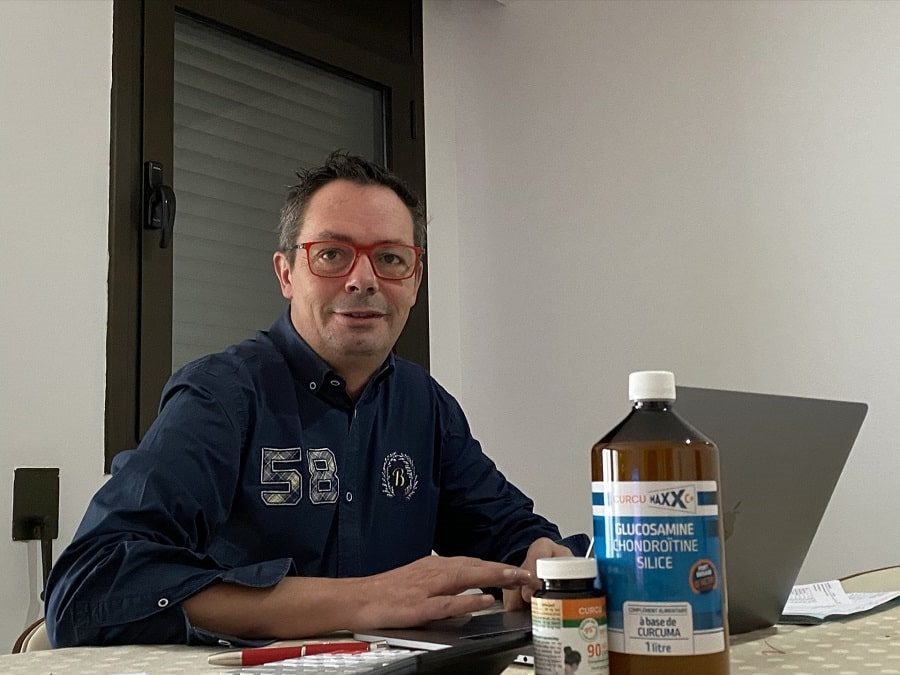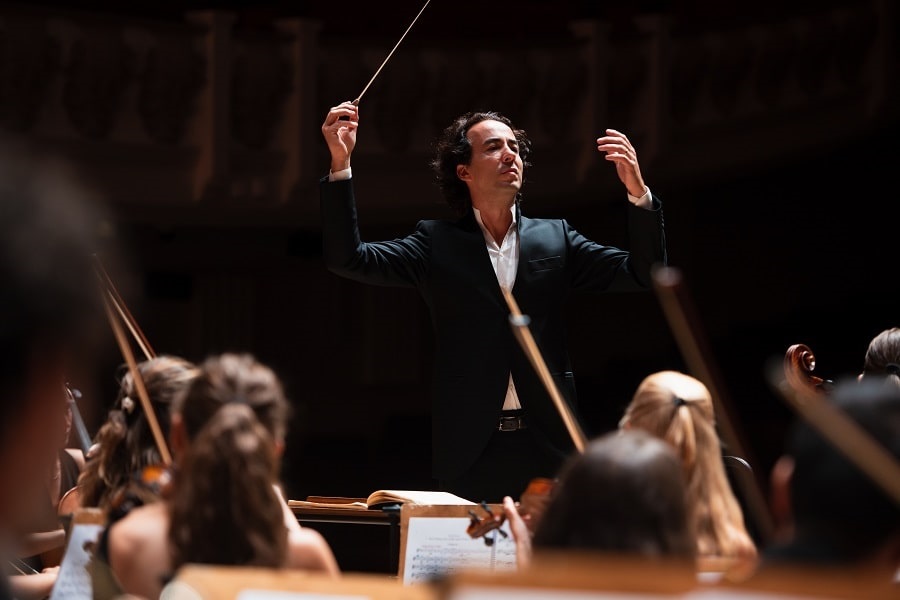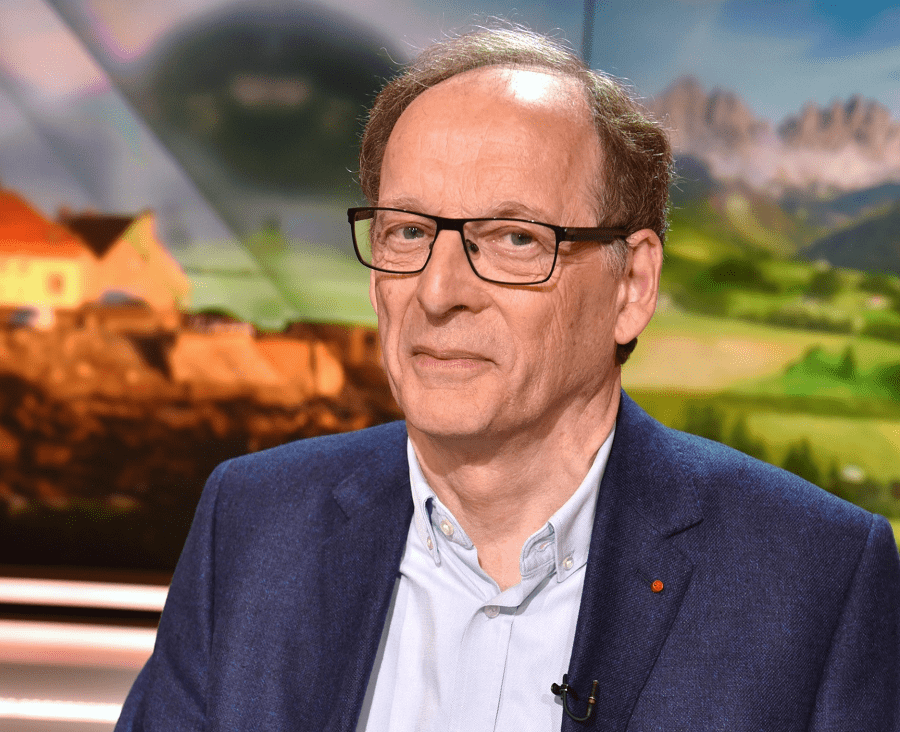Palamós is a charming Mediterranean coastal town (Spain, Catalonia), one of the best-preserved fishing villages in the Costa Brava and is a perfect place to relax and learn about the local Catalan culture.The city is located only three hours from Andorra and about an hour from the border of Spain and France, and its location makes it a popular holiday destination for Andorrans and residents of the south of France.
We talked to Lluís Puig i Martorell (Palamós, 11 September 1975), the mayor of the Town of Palamós, about the development plans of the city, its real estate market and climate change problems and its possible solutions.
Interview: Irina Rybalchenko
The Costa Brava is a very popular place among Andorrans. Do you have joint projects with Andorra in the business and cultural fields?
We are very interested in the Andorran public. We hope that our city remains attractive to Andorrans on holidays and weekends. This is the target audience, with whom we can establish cooperation so that people can learn more about the opportunities of our municipality.
However, the same goes for the south of France. The French are also our target audience.
What projects are you currently working on?
There are many projects, and one of them is the reconstruction of the promenade. Other projects are the new hospital in Palamós. We are working on the master plan for the port, which will allow the reorganization of all activities in this port area. And finally, we have a project fora new bus station for Palamós and Sant Joan.
Our city has 18,500 inhabitants. This year’s budget is 24.5 million euros, which is fairly prudent.
What is the port´s capacity?
Our port has all the aspects that a port can have: it is the primary sector, the tourist sector and the sailing sports sector.
Therefore, the port is economically and recreationally important to our municipality. Fishing is traditionally a point of reference for Palamós.
Today, there are two thousand boat moorings at the port. There has been impressive growth in recent years and today it is a reference port in the Mediterranean and the second port of Catalonia after Barcelona.
What are the main figures in the economy of Palamós?
More than 70% of Palamós’ economy is dedicated to the service sector and tourism. We also have two large activity generating centers: the hospital of Palamós and all regions of Baix Empordà (this is a public hospital; CatSalut manages 95% of its services) and a company dedicated to the manufacture of parts automobiles that employs more than 350 people – Nichirin Spain S. L. U., a Japanese multinational.
Do you have statistics on tourists in your city? What are the dynamics of tourism growth, if any? Who are your main tourists?
Most of our tourists are Catalans. We also have tourists from Andorra, the south of France and the rest of Spain. We have few hotels – only about 5,000 places -and foreign tourism does not make up a significant percentage of those who visit us. We live mainly due to domestic tourism.
The dynamics of tourism development in the entire Costa Brava are very positive. People saw us as a good direction and August 2021 was a very good month. As for this year, the whole summer has been very successful. Our model of tourism is not quantity, but quality. Our priority is leisurely tourism and outdoor sports (walking, running, swimming, cycling).
In spring and autumn, we organize cycling and running competitions.
And in the field of culture, do you often organize cultural events?
In terms of cultural activities, we have two major festivals. One of them is called Palamós Catalan Rumba Festival. This festival was born in 2014 with the idea to highlight popular and traditional music in the Catalan rumba genre in the regions of Girona.
The Catalan rumba is a musical style that originated in the 1950s in the gypsy community of Barcelona and was influenced by many Latin sounds.
In July 2015, the Plenum of the Parliament of Catalonia recognized the Catalan rumba as traditional and popular music and as part of the cultural heritage of Catalonia and presented the Catalan rumba to UNESCO to nominate it as an Intangible Cultural Heritage.
In August we organize the Amb So de Cobla festival, a project inspired by the Costa Brava Sardanista Group of Palamós.
Do you plan to develop the logistics infrastructure to attract more tourists? For example, what do you think of realizing the idea of a sea taxi between Palamós and the neighboring towns of the Costa Brava?
Previously, this service extended to the entire Costa Brava. However, it was later discontinued. Now there is an active recovery of tourism, and perhaps this service will resume, as this is a good tourist option.
Another infrastructure project is the Palamós cycle path, which connects the urban center of the municipality with Castell beach. This is an easily accessible, comfortable and familiar path, along which you can discover up to 17 viewpoints from where you can enjoy the privileged landscape of the Palamos coast.
And, finally, Palamós opened the stretch of Via Blava that connects the beaches of La Fosca and Castell. This new stretch is made up of a series of buoys that are located at a distance of about 50 meters from the coast, offering a safe place for swimmers. There are three distances: from one thousand to three thousand five hundred meters.
What about the real estate market in Palamós? What are the prices and how have they been changed recently?
The price of real estate in Palamós is quite high. A two-room apartment of 70 square meters costs around 220-230 thousand euros. People love Palamós and often buy a second residence here. Since the city is small, this affects people who want to rent a house or buy a first residence. We are working so that people who want to come to Palamós and work here can have affordable housing. We have now reached the point where house prices are going wild.
Is it easy for residents of foreign countries to buy real estate on a mortgage?
If you have money, it’s always easy (laughing). Many people come to buy real estate here, both with and without a mortgage. They are mostly people of retirement age. Because the presence of a hospital de Palamós is an additional argument for people of a certain age.
Do you support the development of electric mobility infrastructure?
In all areas of the city, we have installed chargers not only for cars but also for electric bicycles. There are currently four such charging points.
Now the whole world is experiencing a global economic crisis. The prices of electricity, petrol and products are rising. At the same time, all the restaurants and the beaches on Costa Brava are crowded… There are queues in the city car parks… How can it be explained?
Of course, we feel the consequences of the global crisis and the rise in prices.
We, the mayor’s office, are also customers, and we also pay for electricity, and the bills are growing. As I said before, our tourists come to us from neighboring places, so it is not so difficult for them to pay for petrol. In addition, most come to their second residency and pay as much for electricity as they pay at home.
There is one more problem. Now it is difficult to find skilled staff. This applies to hotels and restaurants. Now, during the high season, some restaurants close at night. I had never seen this before. So, you have a feeling that all restaurants are crowded.
How much have electricity, gas and petrol prices increased this year?
We are talking about a 15-20% price increase throughout Spain. Unfortunately, people’s salaries are growing much more slowly…
This year, we are seeing the effects of climate change like never before. Abnormally high temperatures are observed throughout the summer in Spain and many other countries. The water in the Mediterranean Sea has warmed up to 30 degrees, which negatively affects the underwater flora and fauna. How is Palamos coping with climate change, given that one of its activities is fishing?
We have created a working group between administration departments and all the entities and associations affected to face this problem. We are very aware of the degradation of the natural environment and we are very concerned.
We have implemented ecological buoys to prevent boats from dropping anchor and damaging, for example, the posidonia, and we also want to limit the number of anchorages.
The fishing sector is the main sector affected by climate change and fishers are the first protagonists and promoters to generate change. Since 2014, the fishing fleet has been reduced substantially. We only fish to meet our market’s needs.




